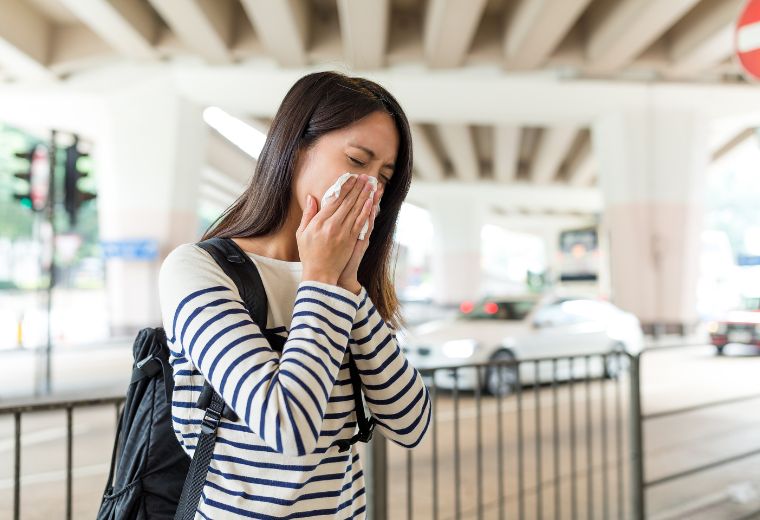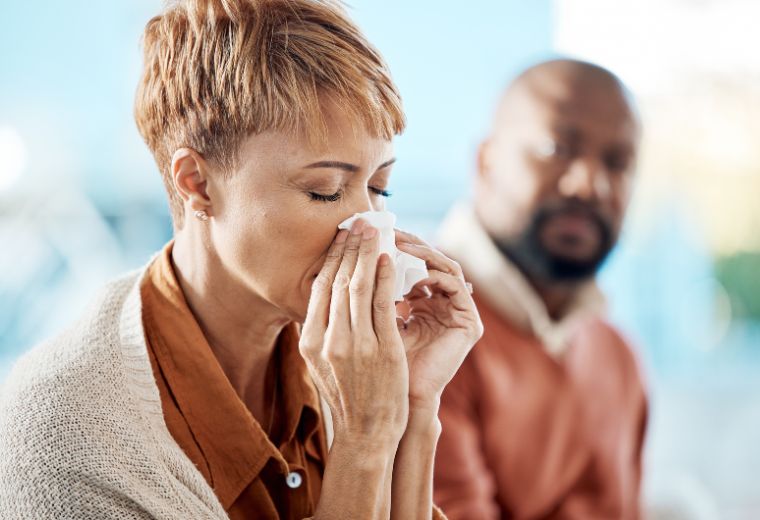How long does post-flight flu last
Travelling can be an exciting adventure, but it often comes with the unwelcome side effect of post-flight flu. This condition, characterised by symptoms like those of a common cold or flu, can put a damper on your plans. Understanding how long post-flight flu typically lasts and how to manage it can help you get back on your feet faster.
What Is post-flight flu
Post-flight flu is not a specific medical condition but rather a term used to describe the onset of cold or flu-like symptoms after air travel. It’s often triggered by exposure to germs in the confined space of an aeroplane, as well as the stress and fatigue that can accompany long flights.
Common symptoms of post-flight flu
The symptoms of post-flight flu can vary, but they often include:
- Sore Throat
- Cough
- Runny or Stuffy Nose
- Fatigue
- Headache
- Mild Fever
These symptoms can be like those of a common cold or mild flu, making it difficult to differentiate between them.
How long does post-flight flu typically last
The duration of post-flight flu can vary depending on several factors, including the individual’s immune system, the severity of symptoms, and how quickly treatment is sought. However, most people experience symptoms for about 5 to 7 days.
- Mild Cases: Symptoms may subside within 3 to 5 days with proper rest and hydration.
- Moderate Cases: It can take about a week for symptoms to fully resolve, especially if over-the-counter remedies are used.
- Severe Cases: In some cases, particularly if the individual has a weakened immune system or if the flu is more severe, symptoms may persist for up to two weeks.

Tips for recovering from post-flight flu
While waiting for the symptoms to subside, there are several steps you can take to speed up your recovery:
1. Stay Hydrated
- Drinking plenty of fluids helps to keep your throat moist and can alleviate symptoms like a sore throat and congestion.
2. Get Plenty of Rest
- Your body needs time to fight off the infection, so ensure you get enough sleep and avoid strenuous activities.
3. Use Over-the-Counter Remedies
- Pain relievers like ibuprofen or paracetamol can help reduce fever and ease discomfort. Decongestants and throat lozenges may also provide relief.
4. Maintain a Healthy Diet
- Eating a balanced diet rich in vitamins and minerals can support your immune system during recovery.
5. Avoid Spreading the Virus
- Post-flight flu is often contagious, so practise good hygiene by washing your hands regularly and avoiding close contact with others.
When to seek medical attention
While post-flight flu is generally mild and self-limiting, there are times when you should seek medical advice:
- If symptoms worsen or persist beyond two weeks.
- If you have trouble breathing, chest pain, or a high fever that doesn’t respond to medication.
- If you have a pre-existing health condition that may be exacerbated by the flu.

Conclusion
Post-flight flu can be an inconvenient side effect of air travel, but in most cases, it’s manageable with rest and over-the-counter remedies. Understanding how long post-flight flu lasts and taking the necessary steps to support your recovery can help you get back to enjoying your trip or returning to your daily routine.
For more tips on preventing and managing post-flight flu, check out our detailed guide on how to stop post-flight flu from spoiling your holiday.












